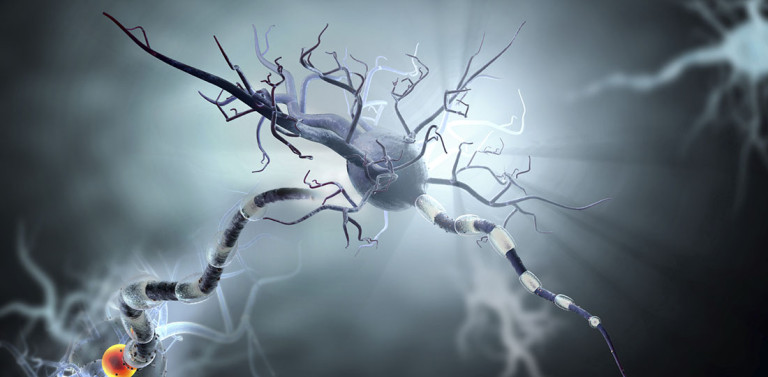The human body can respond and adapt to just about anything it encounters provided it is a state of homeostasis, which means that the body is able to send and receive nerve information. The central nervous system is the master control system of the body and every single function reflects its activity. Nerve impulses travel from the brain, down the spinal cord and out through nerves to all parts of the body. Nerve impulses then return to the brain through return pathways.
There are in excess of 100 billion neurons, or nerve cells in the human central nervous system and the number of possible interconnections between these cells is greater than the total number of electrons in the known universe.
Recent research has clearly shown that even activity that occurs at the cellular and molecular levels are controlled and coordinated by the central
nervous system.
The central nervous system regulates the aging process and dependent upon healthy stress responses, determines longevity. Proper neurological signaling in the human body is the primary key to psychological, emotional, immune and hormonal health and longevity.
There is a greater quantity of communication in the human body than all of the combined manufactured communication systems in the world and the coordination and precision of neurological and biological communication systems is un-paralleled. The entire body is wired for cell signaling so that the body can repair, restore and coordinate physiological and psychological activities. This enables our bodies to optimally adapt to physical and psychological stressors.
Cell signaling with growth factors is more fundamental to the body than is breathing. Cell signaling begins before birth and ends just before death. Loss of cell signaling underlies ineffective adaptation. Inability to adapt is the pathway to death.
To stay healthy, as well as repair cell damage during aging, our cells continuously talk to each other to know how to behave in context with the surrounding environment. Cell signaling is fundamental to coping with stress, the underlying component of functional aging.
“No one could survive without precise signaling in cells. The body functions properly only because the cells constantly communicate with each other.”
Scientific American
Aging was earlier defined as gradual loss of the body’s ability to respond or adapt to its environment. We can take that one-step further and state that aging is the breakdown of communication between the nervous, immune and hormonal systems of the body.
The Role of the Nervous System in Lifespan Determination
Recent studies in diverse organisms have provided evidence that, indeed the brain may control lifespan. Signaling pathways involved in both central nervous system and peripheral stress responses and regulation of energy metabolism may play important roles in lifespan determination.
The brain also controls neuroendocrine systems strongly implicated in aging. The hypothalamic-pituitary system has a strong influence on lifespan. A consistent feature of environmental and genetic factors that increase longevity is that they increase cellular resistance to stress. The brain coordinates the responses of the whole body to such stressors on both rapid and long-term time scales by modulating the activities of neuroendocrine pathways (involving the hypothalamus and pituitary gland) and the autonomic nervous system.
The responses typically involve a behavioral response (fleeing the mugger or tiger), a vascular response (increased blood pressure and diversion of blood flow from the gut to muscles) and a metabolic response (increased mobilization of glucose). An increased ability of an organism to escape from a potentially lethal stressor will obviously increase its probability of having a long lifespan, and this is one way the brain can determine average lifespan.
“However, the brain may also control maximum lifespan by its ability to stimulate signaling pathways that increase the resistance of cells to stress.”
M.P. Mattson
Aging Research Reviews

